A commercial partnership brings combined analysis of financial records and field productivity to Syngenta growers.
Mark Stelford understands the need to provide growers and retailers with a solution to what he and his colleagues refer to as the Missouri Challenge-an allusion to the state’s nickname, the “Show-Me State.”
“There is a lot of agronomic research out there,” Stelford says. “But when you present it to growers, they’ll have varying degrees of doubt. It’s only when you show them in their own fields that they’ll appreciate what each input can do for them.”
Stelford is the general manager of Premier Crop Systems®, LLC, an early developer of digital agriculture tools like Premier Intelligence, a suite of agronomic analysis tools enabling local, infield testing programs. Last year, Syngenta entered a commercial partnership with Premier to offer the industry’s first customized, variable-cost-per-bushel analysis maps, currently available for wheat, corn and soybean growers in the Midwest. Through the whole-farm management program AgriEdge Excelsior®, growers have access to Land.db®, the secure, cloud-based software that allows growers to digitally organize their data. Integrating Premier’s data-driven agronomic recommendations into that software gives growers the capability to make highly specific agronomic decisions, based on cost and profit implications.
“We’re combining whole-field economics with precision agronomy,” says Aaron Deardorff, head of digital agriculture solutions at Syngenta.
“We can see cost-per-bushel at a subfield level, so growers know where the opportunities exist and can drive productivity through strategic investments.”
Zoning In
It’s no surprise to growers that certain areas of their fields are more productive than others as a result of varying factors, including soil type and moisture levels. With a larger focus on managing their costs and access to more advanced precision ag tools, growers are paying closer attention to these variances in field productivity.
Many trusted Syngenta and Premier advisers help their grower customers build management zones within a field. Together, they develop higher-investment management plans in A zones, for example, where more aggressive strategies will further improve their bottom line. On the other hand, they are more conservative with the C zones, cutting rates and managing costs to eliminate risk.
Kevin Kruize, precision ag manager at Central Advantage GS (CFS) in Owatanna, Minnesota, says that managing these zones differently delivers better yields in all parts of the field and significant improvements in overall return on investment. With this integration, Kruize will be able to pinpoint where those improvements come from and why on a cost-per-bushel rate. This information will help his customers understand their cost of production and how their input decisions are impacting their profitability.
“One of the toughest things in the industry is showing what is actually providing the grower value or profit,” Kruize says. “Precision ag has helped us make better recommendations, but putting dollars and cents to the data is really going to make our recommendations and insights a lot more valuable.”

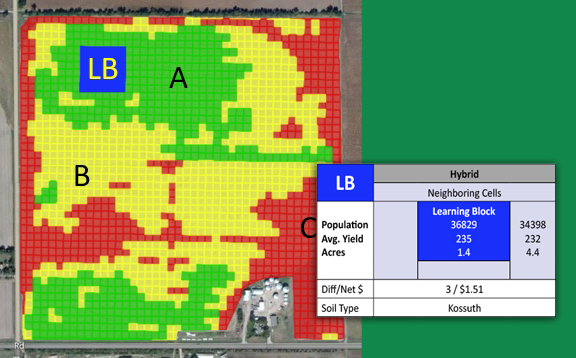
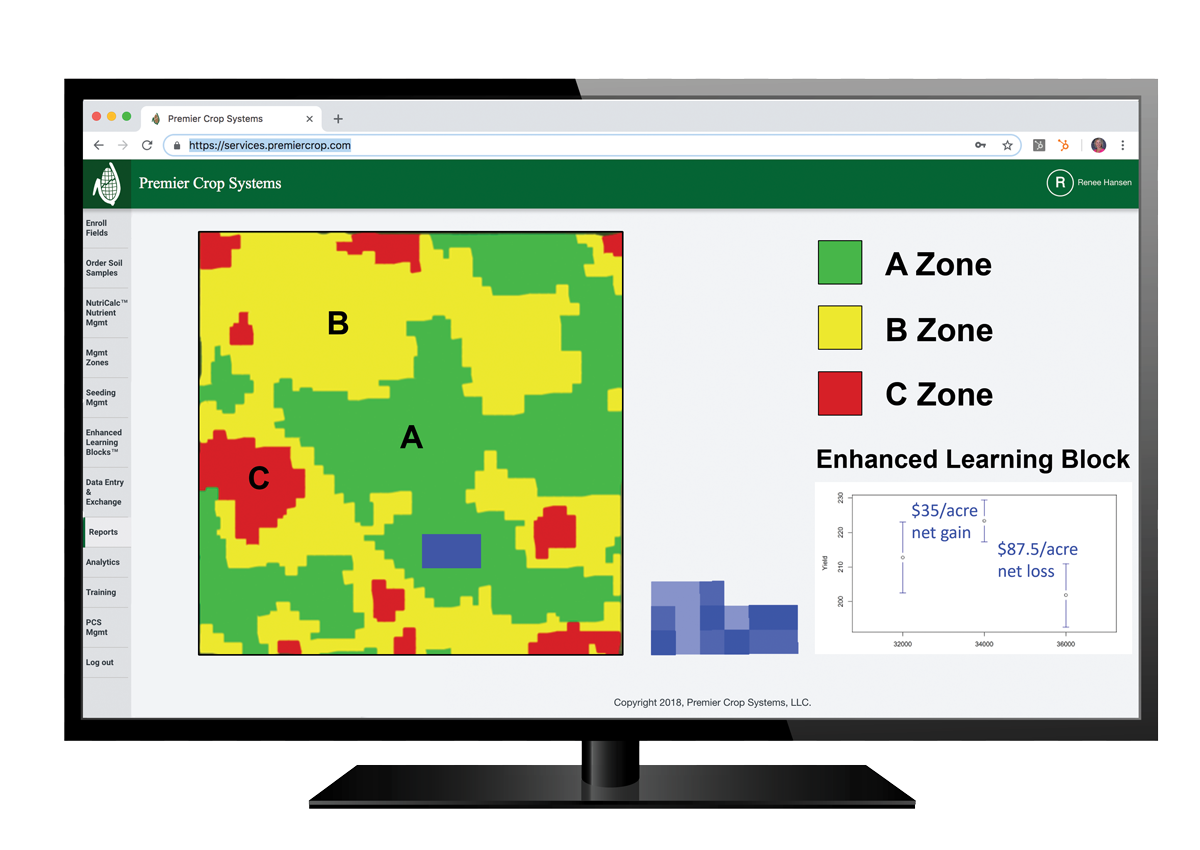
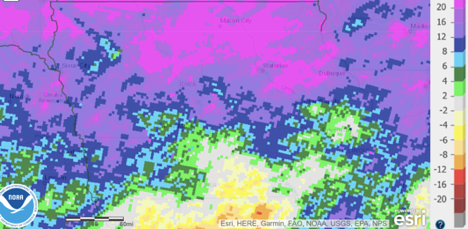
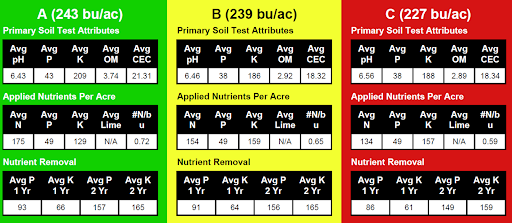

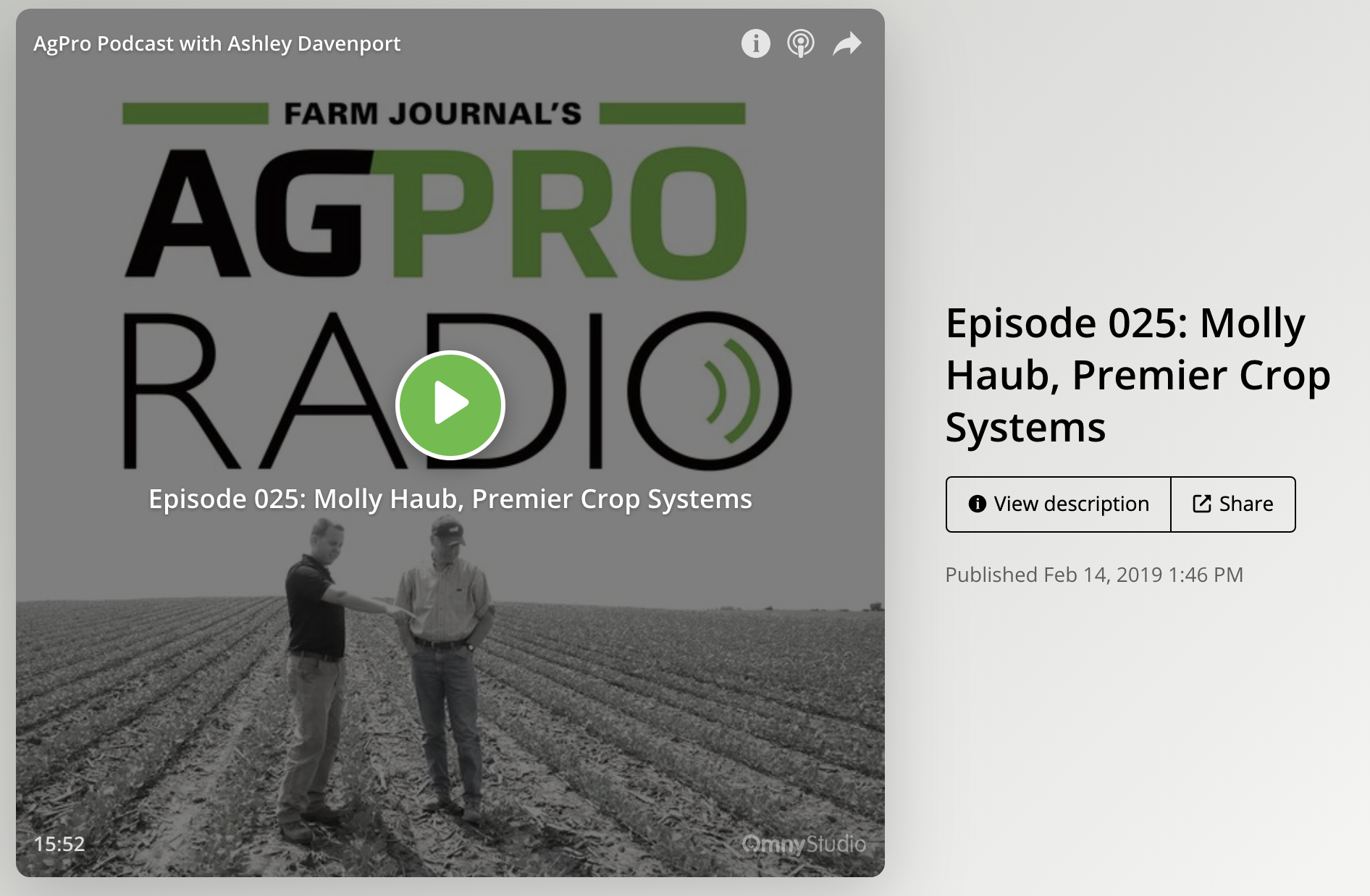
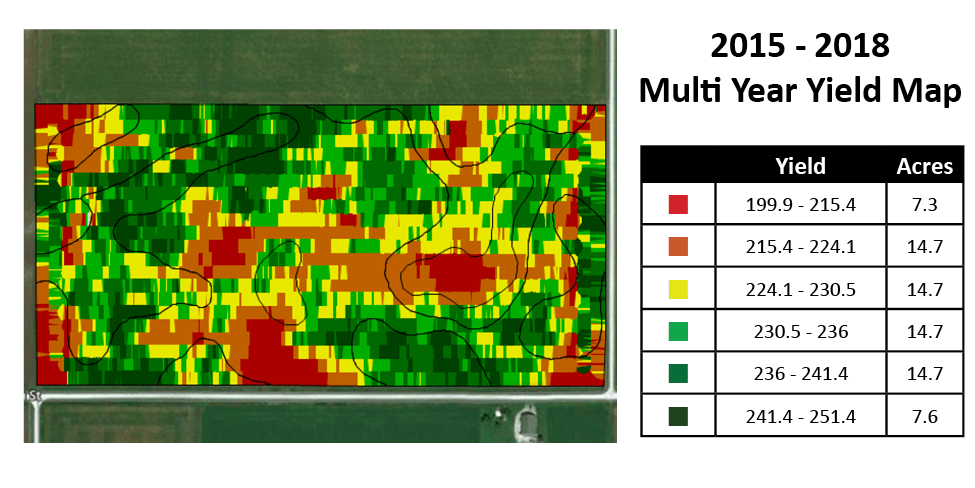
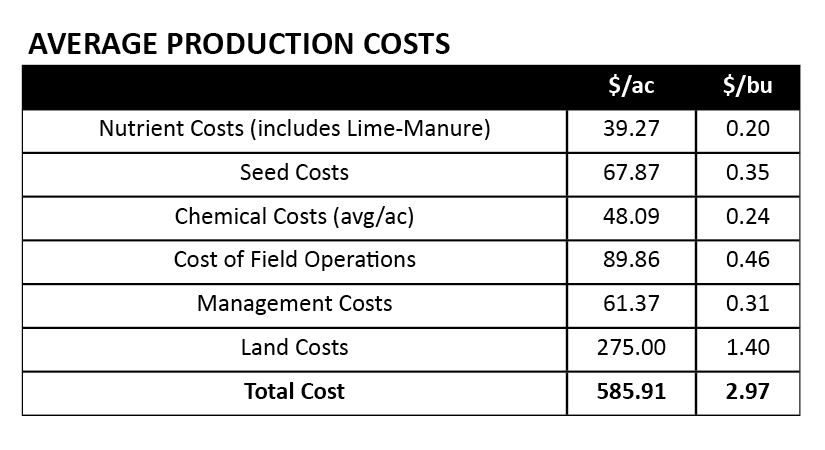
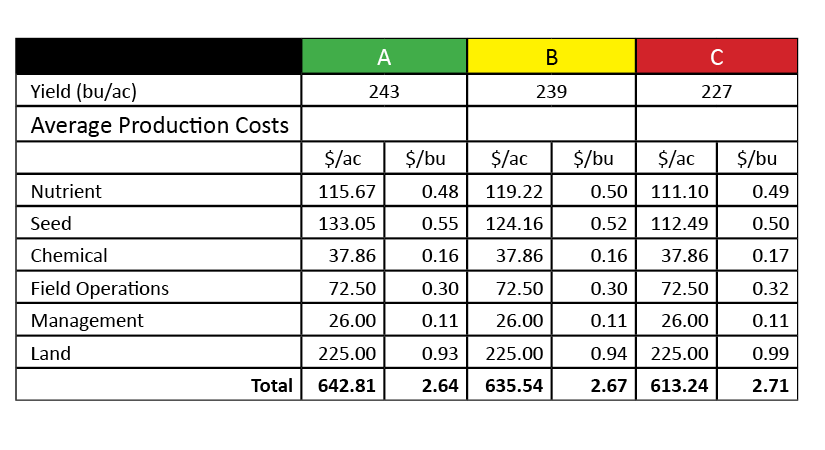
 By layering all of the agronomic information about each field (soil test values, historical yield performance, nutrient application rates, planting populations, soil data, weather, crop protection, planting, harvest, and application dates, the list goes on…) we can build a case for where Hybrid A had the biggest impact and the highest profitability—leading you to the ultimate decisions—should I buy it next year? Where should I plant it, and when?
By layering all of the agronomic information about each field (soil test values, historical yield performance, nutrient application rates, planting populations, soil data, weather, crop protection, planting, harvest, and application dates, the list goes on…) we can build a case for where Hybrid A had the biggest impact and the highest profitability—leading you to the ultimate decisions—should I buy it next year? Where should I plant it, and when?